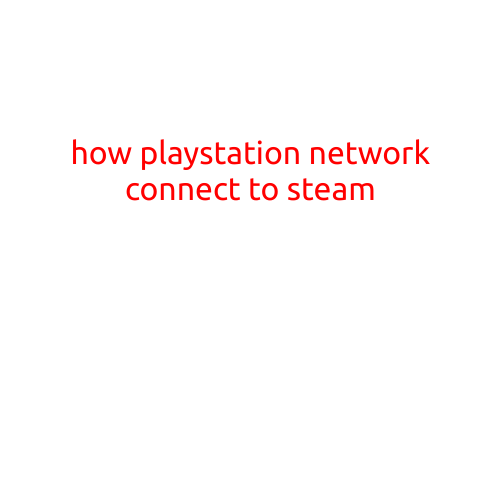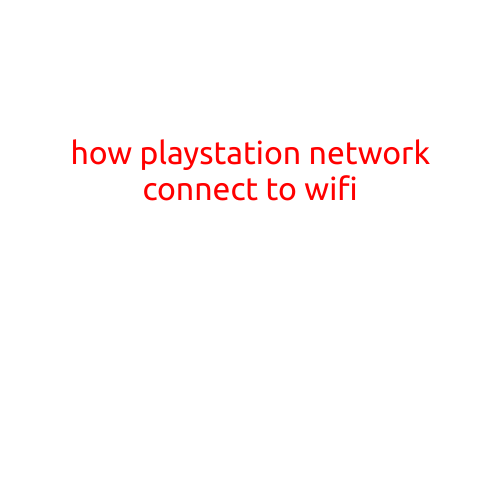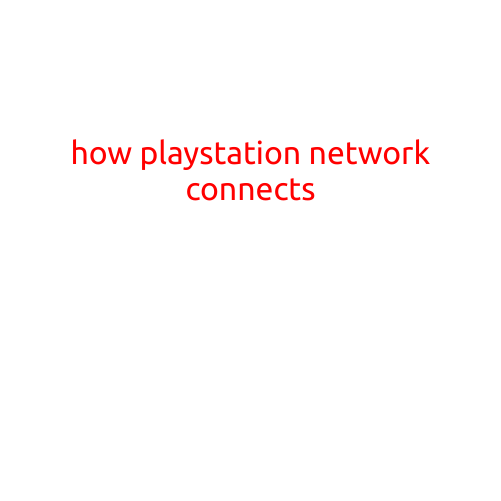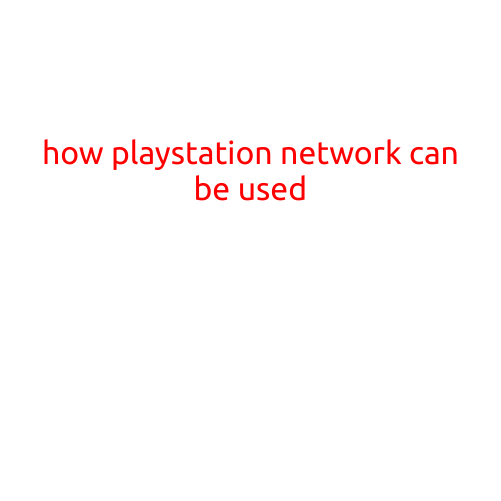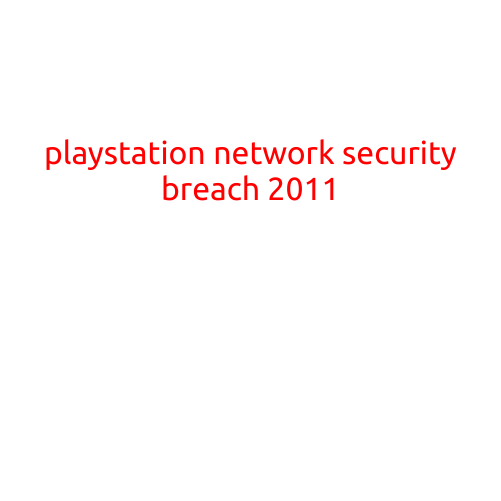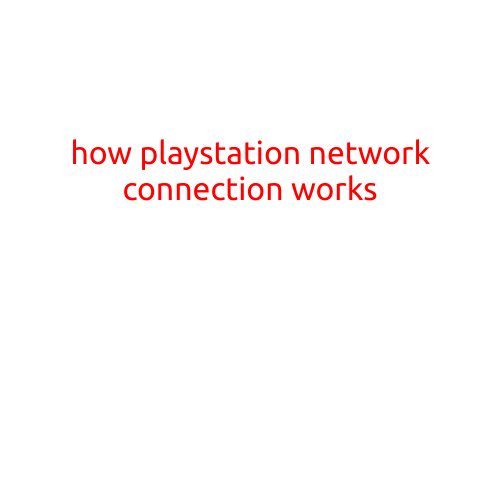
How PlayStation Network Connection Works
The PlayStation Network (PSN) is a sophisticated platform that enables gamers to connect with each other and access a vast library of games, entertainment content, and services. But have you ever wondered how PSN connects your PlayStation console to the internet and allows you to play online?
In this article, we’ll dive into the technical details of how PSN connection works, covering topics such as network architecture, authentication, and data transmission.
Network Architecture
The PSN is a decentralized network that consists of multiple nodes, including:
- PlayStation Servers: These are the primary servers that handle all PSN traffic, including account management, game hosting, and content distribution.
- Data Centers: These are high-capacity servers that store and process large amounts of data, such as game assets, user data, and system files.
- Edge Servers: These are caching servers located in various geographic locations, which store frequently accessed content to reduce latency and improve performance.
- Routers and Switches: These are network devices that direct traffic between the different nodes in the PSN.
Authentication
When you boot up your PS4 and sign in with your PSN account, the console establishes a secure connection with the PSN servers. Here’s how it works:
- Username and Password: You enter your username and password, which are authenticated by the PSN servers.
- Token Generation: If the credentials are valid, the servers generate a token, which is a unique session ID that identifies your console and authorizes access to PSN services.
- Token Validation: The console validates the token with the PSN servers at regular intervals to ensure that it remains valid and hasn’t been compromised.
Data Transmission
Once authenticated, your PS4 console establishes a connection with the PSN servers and begins transmitting data, including:
- Game Data: Your console sends game data, such as game saves, to the PSN servers for storage and processing.
- User Data: The console transmits user data, including account information and preferences, to the PSN servers.
- System Files: The console downloads and installs system files, such as firmware updates and game patches, from the PSN servers.
Encryption and Security
PSN utilizes encryption and security protocols to protect your data and ensure that your online gaming experience is secure:
- SSL/TLS Encryption: Data transmitted between the PS4 console and the PSN servers is encrypted using SSL/TLS (Secure Sockets Layer/Transport Layer Security) protocol, ensuring that your data is protected from eavesdropping and tampering.
- Firewall and Access Control: The PSN servers are configured with firewall rules and access control lists to limit unauthorized access and prevent malicious activities.
Conclusion
In conclusion, the PSN connection is a sophisticated system that relies on a combination of network architecture, authentication, and data transmission protocols to enable online gaming and entertainment. By understanding how PSN works, you can appreciate the complexity and security measures that Sony has implemented to ensure a safe and enjoyable gaming experience.
